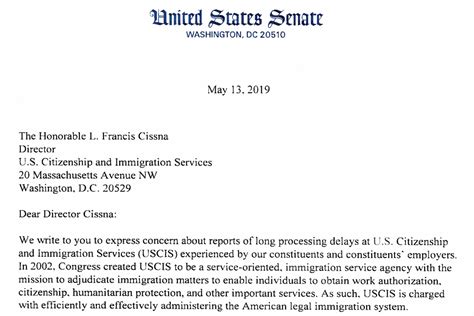USCIS Letter: Making Your Case – A Comprehensive Guide
Receiving a letter from United States Citizenship and Immigration Services (USCIS) can be a nerve-wracking experience. Whether it's a request for evidence (RFE), a notice of intent to deny (NOID), or another communication, understanding the letter and crafting a compelling response is crucial. This guide provides a comprehensive approach to navigating the complexities of responding to USCIS correspondence, ultimately helping you build a strong case.
Understanding USCIS Letters: Types and Implications
Before crafting your response, it's vital to understand the type of letter you've received. Each carries different weight and requires a tailored approach.
Request for Evidence (RFE):
This is a common USCIS communication requesting additional documentation to support your application. The RFE will specifically list the missing or insufficient evidence. Addressing each point clearly and thoroughly is key to a successful response.
Notice of Intent to Deny (NOID):
A NOID indicates that USCIS is considering denying your application. This is a more serious communication, requiring a meticulously prepared response that directly addresses the issues raised. Often, it's beneficial to seek legal counsel at this stage.
Other USCIS Communications:
USCIS may send various other letters, such as appointment notices, updates on your case status, or notices of action taken. While not as demanding as RFEs or NOIDs, understanding the content and responding appropriately (if required) is still important.
How to Respond to a USCIS Letter Effectively
Regardless of the type of letter, a structured and well-documented response is essential. Here's a step-by-step guide:
1. Thoroughly Read and Understand the Letter:
Carefully review the letter, paying close attention to the specific requests, deadlines, and any accompanying forms. Highlight key points and make notes.
2. Gather Supporting Documents:
Based on the letter's requests, meticulously gather all relevant supporting documents. Ensure they are clear, legible, and accurately reflect the information presented in your original application.
3. Organize Your Response:
Organize your response logically, addressing each point raised in the letter. Use clear headings and numbering to enhance readability. Include a cover letter summarizing your response and referencing the specific request numbers from the USCIS letter.
4. Craft a Well-Written Response:
Write concisely and professionally. Avoid ambiguity and ensure the information is accurate and consistent with previous submissions. Support all claims with credible evidence.
5. Proofread Carefully:
Errors in grammar and spelling can undermine your credibility. Before submitting your response, proofread carefully, and consider having someone else review it as well.
6. Submit Your Response on Time:
Adhere strictly to the stated deadline. Late submissions can significantly harm your case.
Frequently Asked Questions (PAAs) about USCIS Letters
These FAQs address common concerns regarding responding to USCIS communications:
What happens if I don't respond to a USCIS RFE or NOID?
Failure to respond to an RFE or NOID will likely result in the denial of your application. USCIS expects timely and thorough responses.
Can I submit additional evidence beyond what was requested in the RFE?
While it's advisable to focus on addressing the specific requests in the RFE, you can include additional supporting evidence if it strengthens your case. However, don't overwhelm the USCIS officer with irrelevant information.
Should I hire an immigration attorney to help me respond to a USCIS letter?
Seeking legal counsel is highly recommended, especially when dealing with a NOID or complex cases. An experienced immigration attorney can provide valuable guidance and ensure your response is comprehensive and legally sound.
How long does it take for USCIS to process my response?
Processing times vary depending on the type of application and current USCIS workload. It's advisable to check the USCIS website for estimated processing times.
What if I made a mistake in my original application? How do I rectify it?
If you discover errors in your original application, you need to explain these errors in your response and provide corrected information. Transparency is key here.
Conclusion: Proactive and Organized Approach is Key
Responding to a USCIS letter requires a proactive and highly organized approach. By meticulously following the steps outlined above and addressing the specific concerns raised by USCIS, you significantly increase your chances of a positive outcome. Remember, clear communication, accurate documentation, and timely responses are essential in successfully navigating the USCIS process. While this guide provides valuable information, it's always best to consult with an experienced immigration attorney for personalized guidance tailored to your specific situation.

